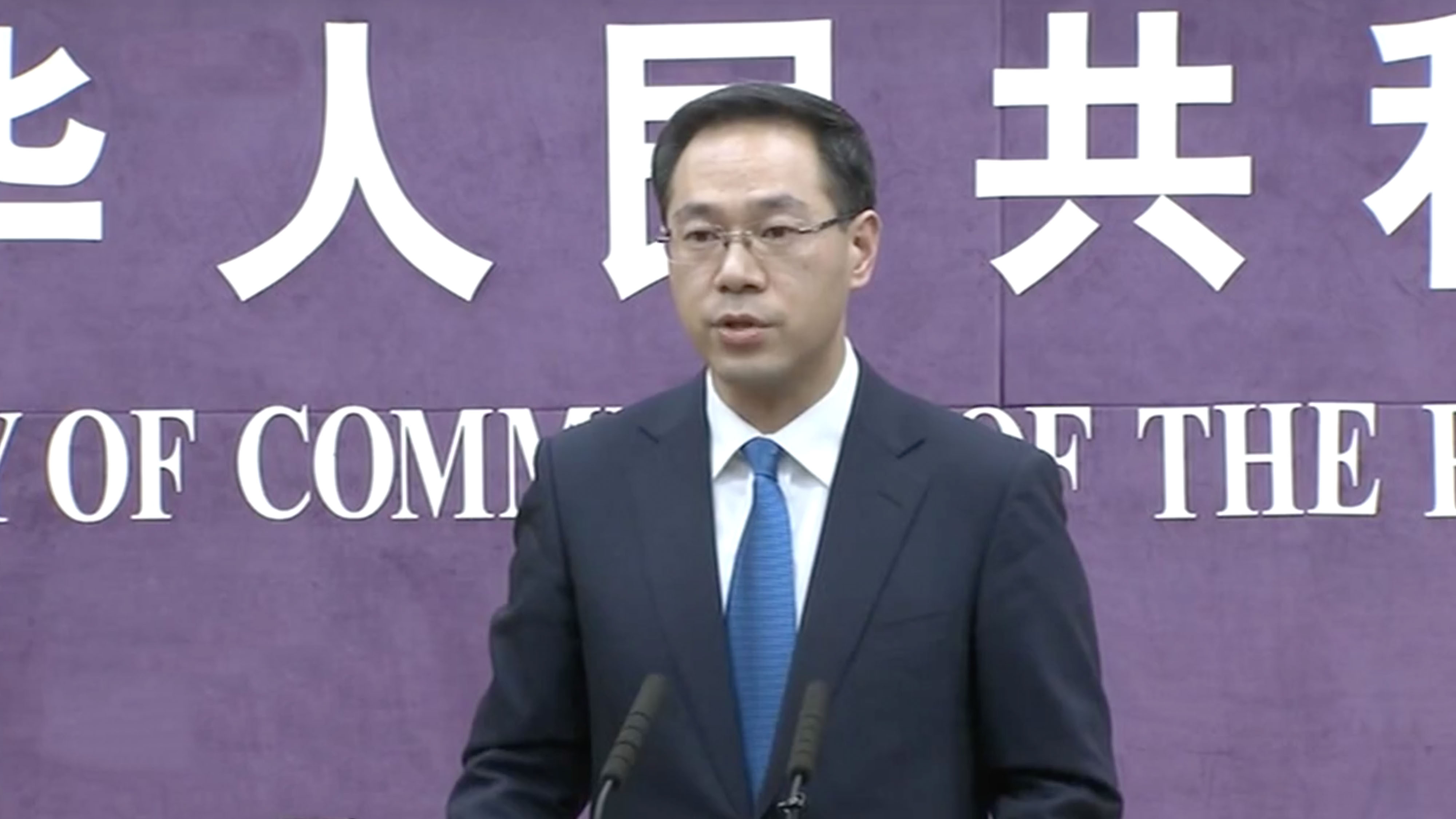
Politics
15:57, 06-Dec-2018
MOFCOM: China confident it will reach agreement with U.S. in 90 days
Updated
15:57, 09-Dec-2018
CGTN
02:14

The meeting between China and the U.S. on trade relations was very successful with highly overlapping interests between the two countries, and China is confident it will reach an agreement on trade with the U.S. side in the next 90 days, according to the spokesperson of China's Ministry of Commerce (MOFCOM) Thursday during a regular news briefing.
"China has reached a consensus with the U.S. on agriculture, energy and cars. In the following 90 days, China and the U.S. will negotiate on various issues including the protection of intellectual property rights, technical cooperation, market access and trade balance in accordance with a clear timetable," said MOFCOM spokesperson Gao Feng.
Specific negotiation areas will cover agricultural products, energy, manufactured goods, and service sector.
"The ultimate goal in China-U.S. trade talks is to remove all tariffs," added Gao.
In response to query that China is currently making major concessions to Washington amid trade frictions, Gao noted that it is not a zero-sum game given shared desire of protecting intellectual property rights and widening market access to each other.
"It also highly coincides with China's trend to deepen reforms and push for openness. China will conduct negotiations with the U.S. on the groundwork of mutual respect, equality and mutual benefit, as a way to foster better business climate for both sides."
Regarding expanding market access, experts point out that China has been emphasizing greater openness this year. The country will further reduce tariffs and relax restrictions on foreign shares in education, healthcare and other sectors. Over the next 15 years, imports of goods are expected to exceed 30 trillion U.S. dollars, and in imports of services the figure will stand at 10 trillion U.S. dollars.
No specific items in the affected industries were mentioned in the briefing. But using soybeans as an example, China's soybean imports from the United States fell 85 percent in September this year. If imports expand in the future, both sides stand to benefit.
Last year, China imported 95.54 million tons of soybeans, 53.3% from Brazil and 34.4% from the U.S. China retaliated with a 25 percent levy on U.S. soybeans in July as a trade war escalated in the first half of the year.
China's soybean imports from the United States fell 85 percent in September, while China's imports from Brazil rose 28 percent. But for American fruit, nut and vegetable growers, the spring of trade has not yet arrived, because the consensus reached this time does not include the elimination of the previous tariff increase, currently the additional tariff increase of 50 to 60 percent for American exports of fruits and nuts to China.
Besides, a total of 38 Chinese government agencies have signed a memo of cooperation for joint efforts to strengthen punishment for IP infringements.
China's National Development and Reform Commission (NDRC) and dozens of other ministries and commissions have issued a Memorandum of Understanding (MoU) on joint disciplinary action against serious unreliable subjects in the field of intellectual property (patent).
According to the document, China's Intellectual Property Office will provide a list of serious, unreliable subjects in the area of intellectual property rights (patents) to other departments and entities who signed this memorandum under the law and strictly punish illegal acts.
This can be seen as the beginning of Beijing's swift implementation of the consensus.
(CGTN's Liu Yang also contributed to the story)

SITEMAP
Copyright © 2018 CGTN. Beijing ICP prepared NO.16065310-3
Copyright © 2018 CGTN. Beijing ICP prepared NO.16065310-3